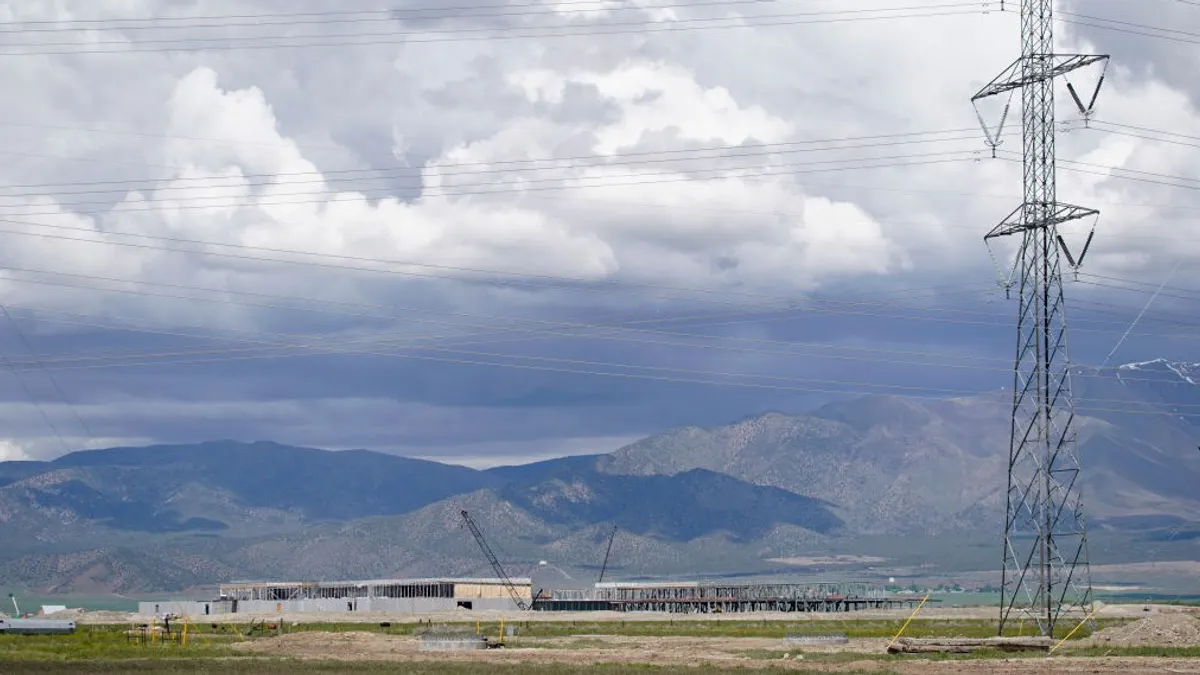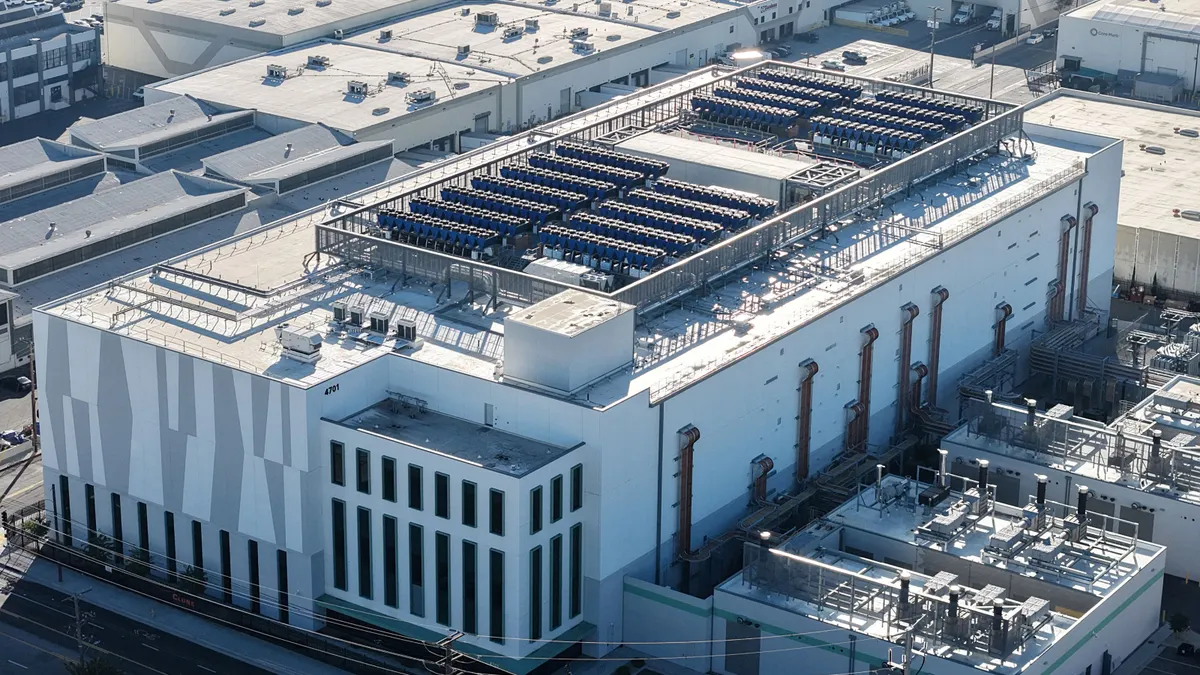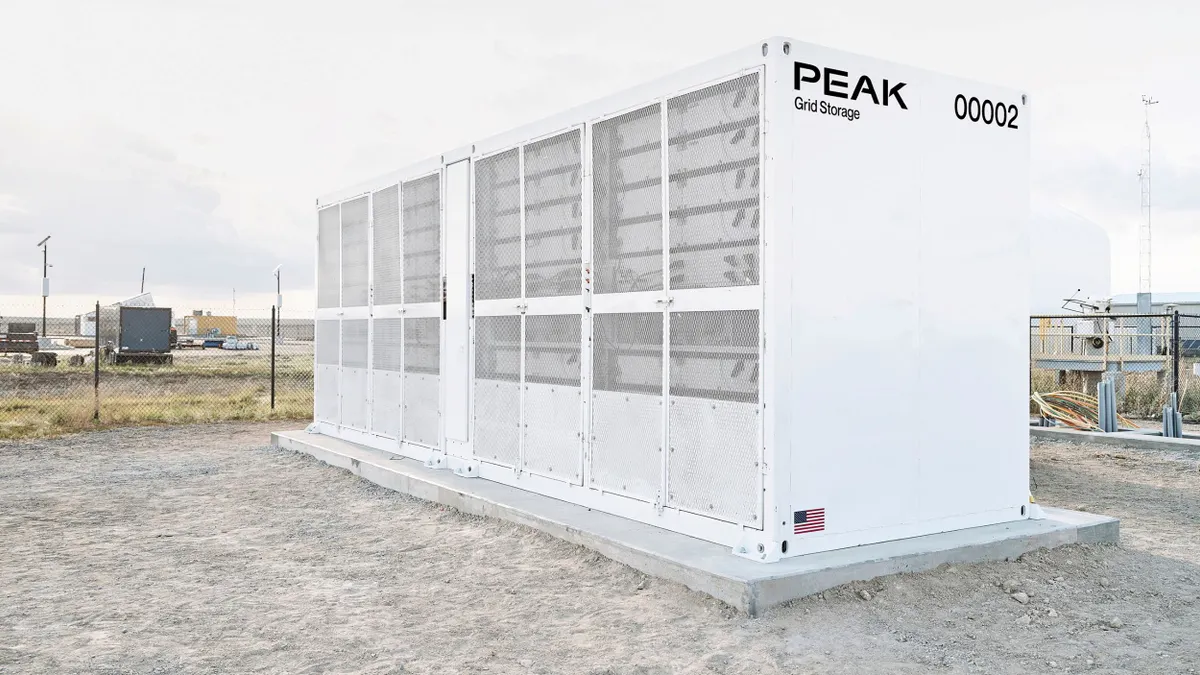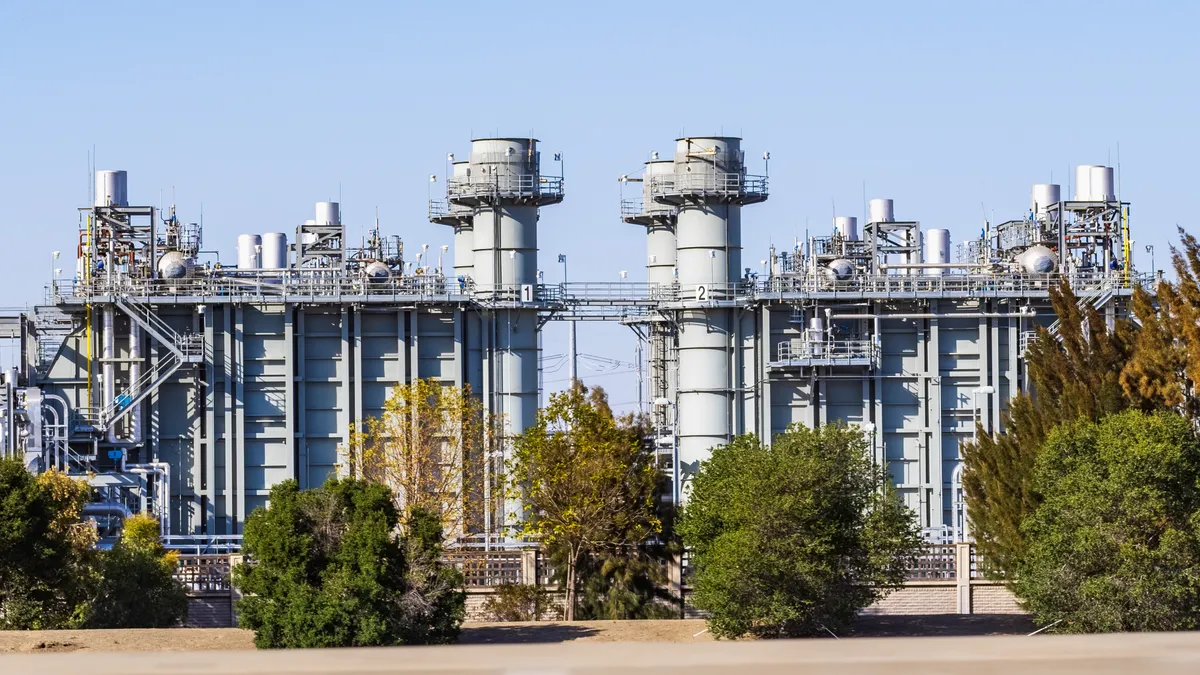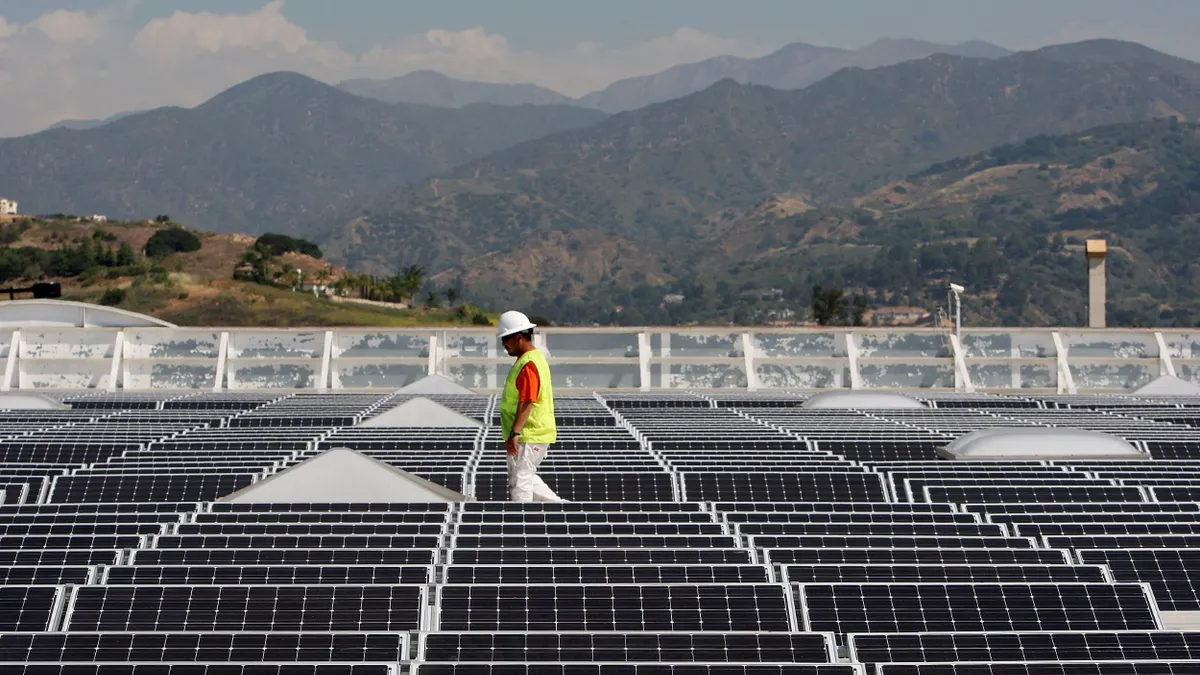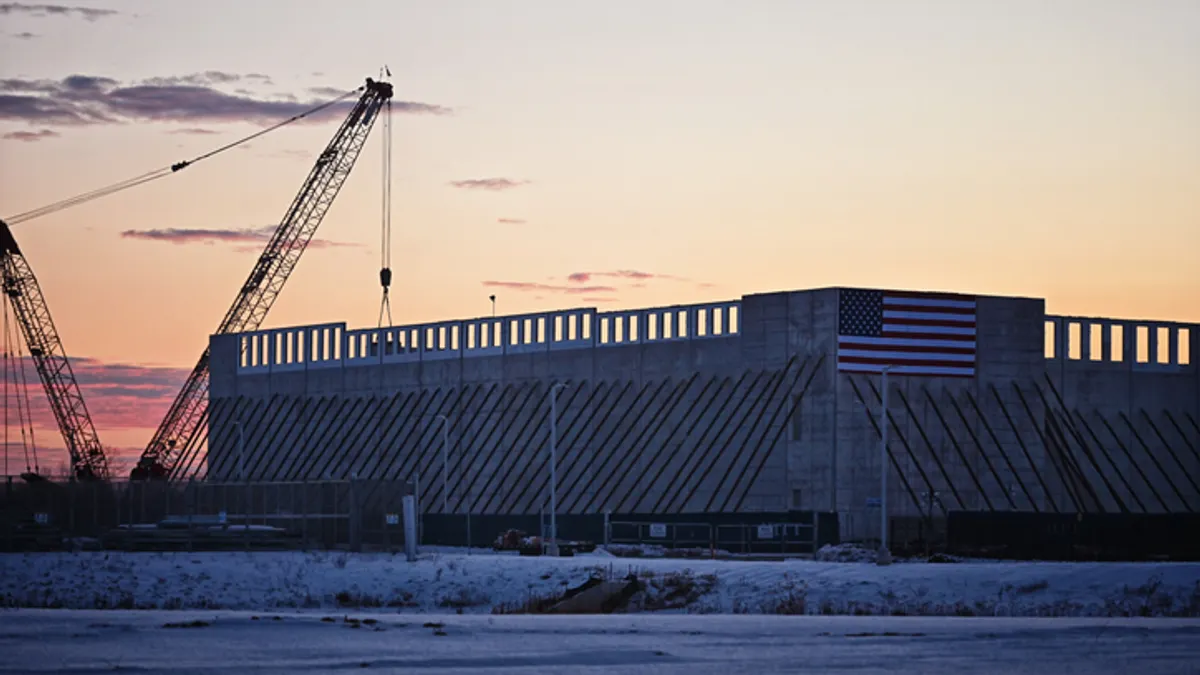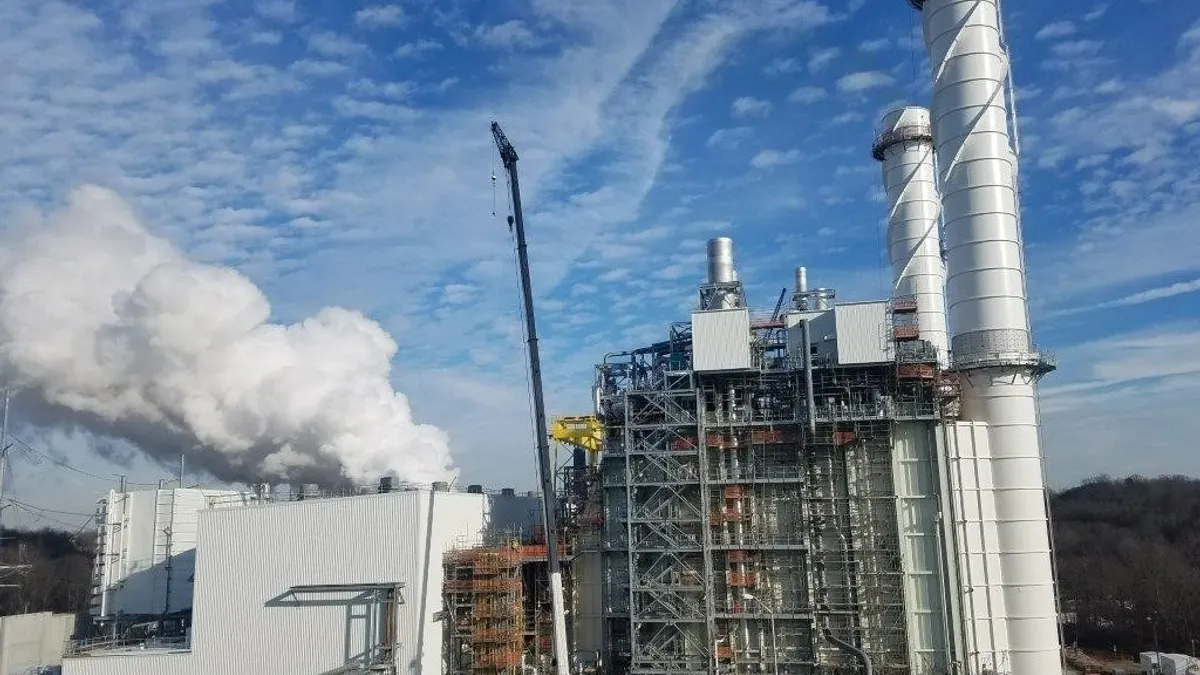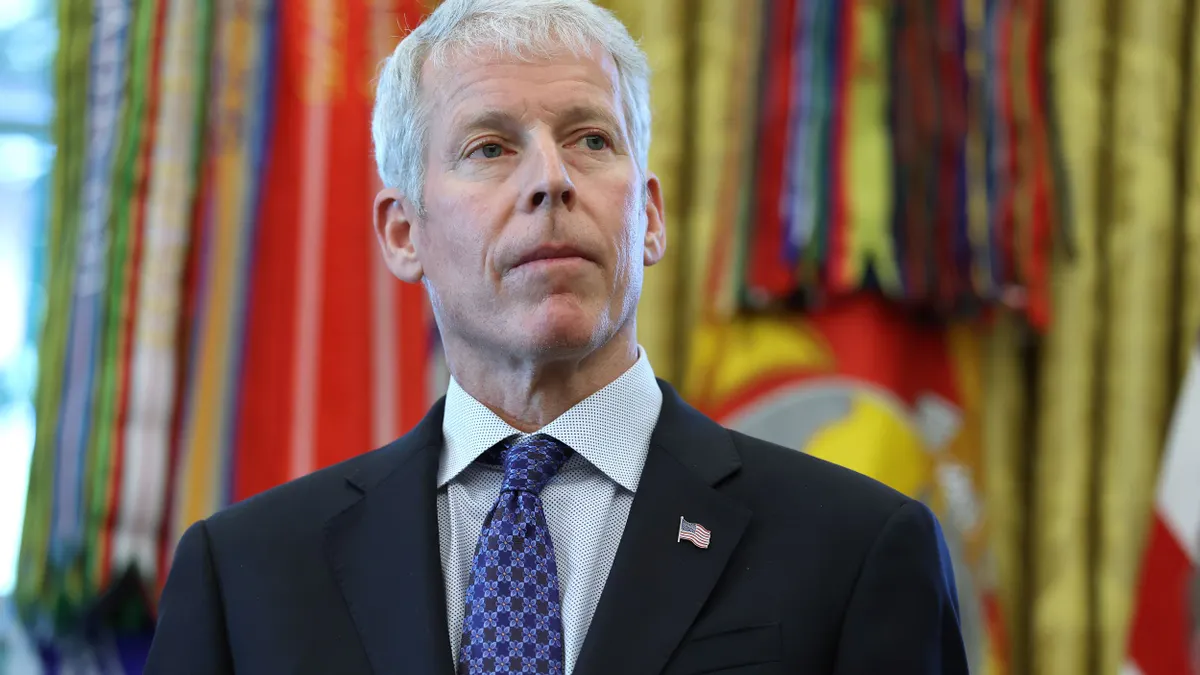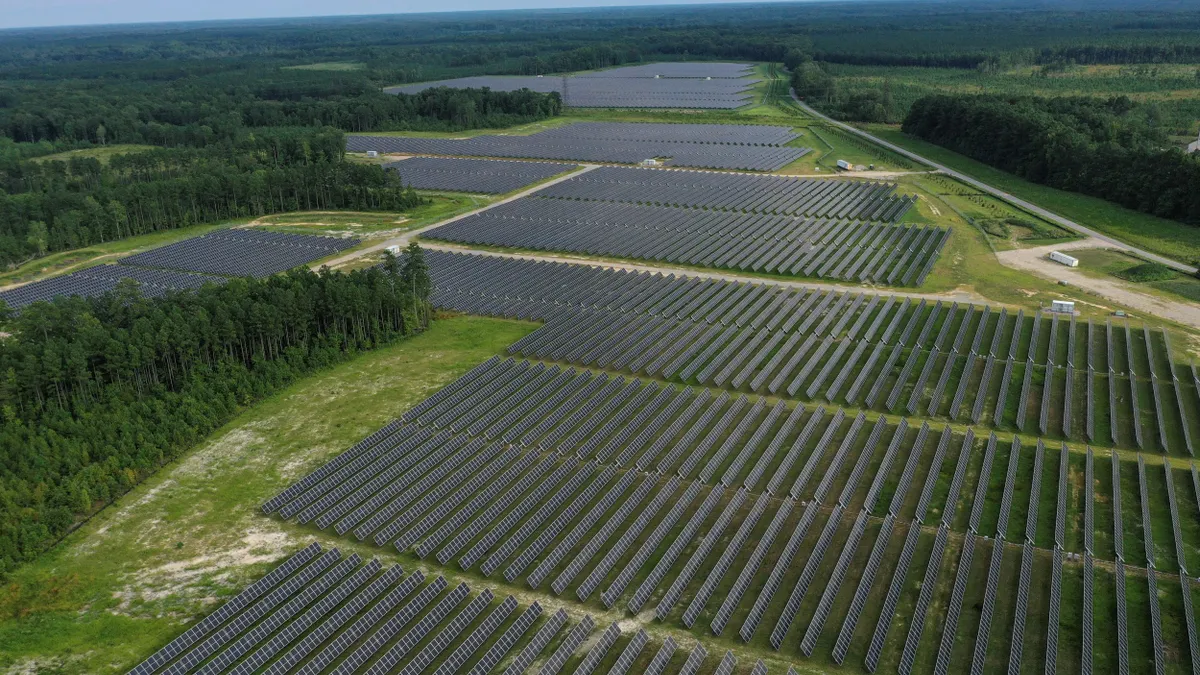Abbe Ramanan is a project director at Clean Energy Group.
In 2020, the Virginia Assembly passed the Virginia Clean Economy Act, a law that required the state’s largest utility, Dominion Energy, to generate all its electricity from renewable resources by 2045. However, Dominion has found a useful loophole to get around the law’s requirements — data centers.
Viriginia hosts the largest data center market in the world, and is home to at least 150 hyperscale data centers, with more being proposed. In its recent integrated resource plan, Dominion cited projected energy demand from these data centers as a key reason to delay retiring existing power plants, including the Clover Power Station, a coal-powered peaker plant in Halifax County, a disproportionately low-income region.
In addition to delaying peaker retirements, Dominion has proposed building new gas-powered generation, including a 1-GW peaker plant in Chesterfield, a community that already shoulders an undue environmental burden from existing natural gas- and coal-fired generation.
Similar stories have played out across the country as data centers become more and more ubiquitous, particularly in the Southeast. Utilities in Virginia, Georgia, North Carolina and South Carolina have proposed building 20,000 MW of new gas power plants by 2040. Data centers driving the projected load growth are being used to justify this buildout. In Virginia, Georgia and South Carolina, data centers are responsible for at least 65% of projected load growth.
Data centers are also delaying the retirement of fossil fuel power plants nationwide, with at least 17 fossil fuel generators originally scheduled for closure now delaying retirement. This new gas buildout, as well as the delayed retirement of fossil fuel generators, overwhelmingly harms Black and brown communities, who face higher energy and environmental burdens.
The gas bonanza is especially concerning because the projected demand from data centers could be significantly overblown. Many prospective customers will submit speculative interconnection requests, sometimes across multiple states, inflating demand numbers and making accurate projections difficult.
A study published last year by Lawerence Berkley National Lab highlighted these discrepancies across future demand projections. The report’s low-end predictions estimate data centers will represent 6.7% of all U.S. energy use by 2028, while the high-end estimate is 12% — a difference of 255 terawatt-hours of energy, equivalent to the energy consumption of over 24 million households.
Despite the known issue of site speculation, utilities have an incentive to use exaggerated demand claims to justify building new infrastructure, such as Dominion’s massive Chesterfield peaker plant.
Regulated utilities like Dominion are guaranteed a healthy rate of return for building power plants and can pass the cost of building the power plants on to customers through rate increases. In many cases, ratepayers are also footing the bill for the necessary transmission upgrades to service these large load customers. West Virginia ratepayers, for example, will end up paying more than $440 million for two transmission lines destined for data centers in northern Virginia.
Keeping aging peaker plants online, which provide some of the most expensive energy on the grid (not to mention the most polluting), will also be borne by ratepayers. Utility bills in several states are expected to increase by $40 to $50 a month due to data center-driven grid investments.
Utilities in some states have begun exploring ways to mitigate these costs. As a way to buffer ratepayers from risk, Dominion proposed a new rate class for high energy users such as data centers. The rate class requires a 14-year contract commitment to pay for requested power, even if the customer ends up using less than requested.
Ohio utility American Electric Power enacted a similar tariff, requiring large-scale data centers to pay for up to 85% of their projected energy demand each month, as well as requiring data centers to provide proof they are financially viable and able to meet those requirements. Possibly in a bid to cut down on speculative interconnection requests, customers will also have to pay an exit fee if the project is canceled.
States have also begun exploring ways to mitigate the harms of data centers, including incentivizing renewable energy procurement. Legislators in California have proposed bills that would give data center operators a tax cut if they draw at least 70% of their energy from renewable sources and require operators to publicly share their energy usage.
In North Carolina, regulators approved a green tariff proposal by utility Duke Energy which provides a pathway for data center customers to accelerate solar energy developments to meet their projected demand. The proposal was controversial, as Duke is legally required to cut its carbon emissions by 95% by 2050, prompting some to question whether the tariff would simply allow data centers to subsidize renewable energy development that would have occurred anyway.
These types of regulatory measures are hindered by the nature of data centers themselves, which require 24/7 power and have little appetite for reducing demand during peak periods. Large tech companies with existing decarbonization pledges have turned to procuring their own carbon-free power to address this.
Microsoft, for example, signed a power purchase agreement last year to restart the nuclear facility at Three Mile Island, a move which prompted backlash from residents. Data center pursuit of nuclear power also prompts larger concerns about the impact on the grid. Nuclear plants delivered almost half of the carbon-free power produced in the U.S. in 2023. As more and more nuclear capacity is bought up by tech companies, there is a risk that that energy will be replaced by dirtier forms of generation.
Like it or not, the data center boom is here to stay, but so is climate change. Load growth is not an excuse to reverse climate progress and renew dependence on fossil fuel energy. Regulators need to hold utilities to a higher standard when it comes to projecting demand from data centers and lend more credence to the impact of demand response, distributed energy resources and energy efficiency in helping to manage load growth.
A more widescale adoption of specific large-load tariffs for data centers, as well as more stringent requirements for these customers, will also be important for ensuring ratepayers are buffered from the costs associated with data centers during a time of unprecedented utility rate increases. Unless regulators step up, data center-driven load growth will only entrench the same harmful fossil fuel systems at a time when we can’t afford any further delays in climate action.


